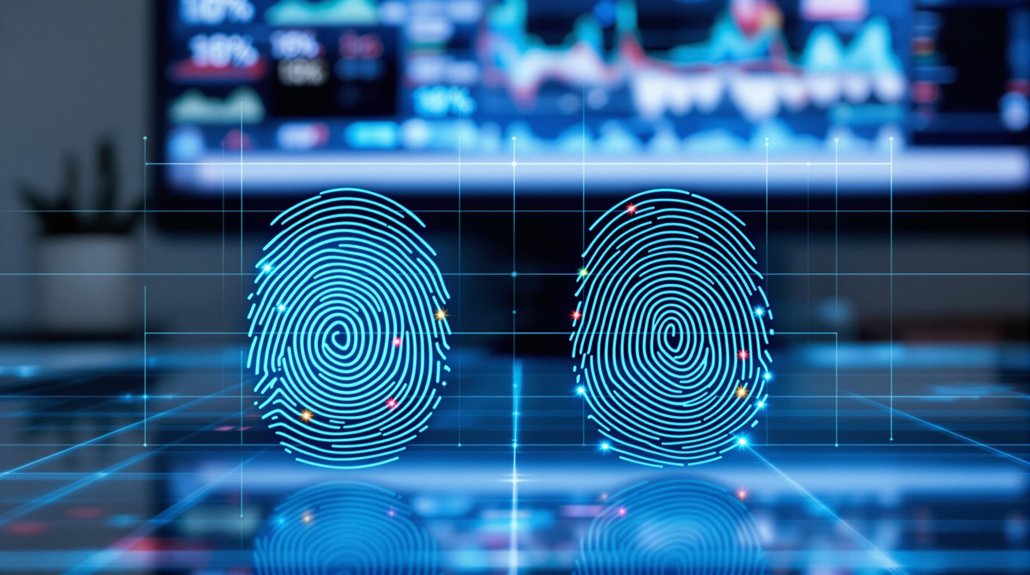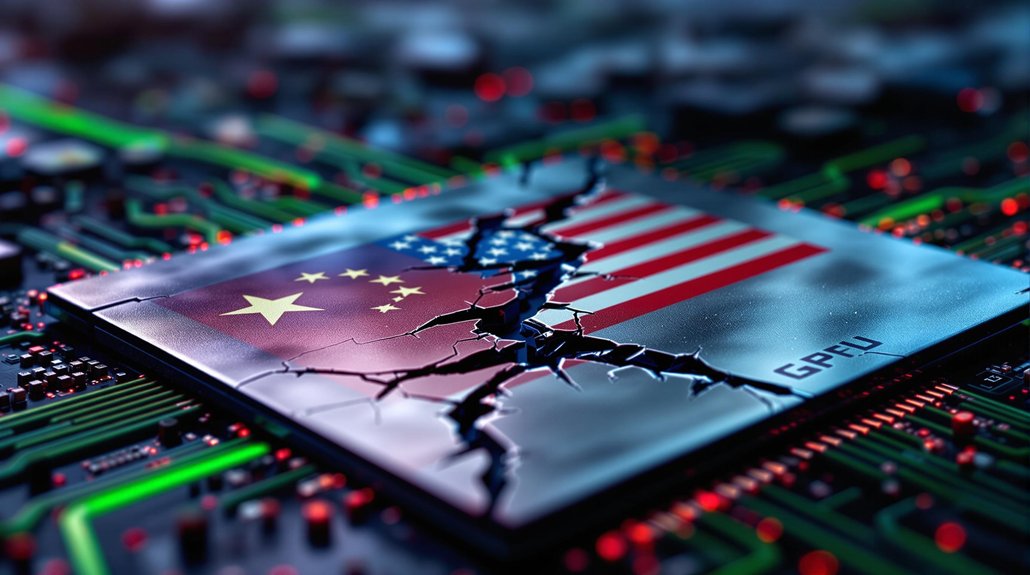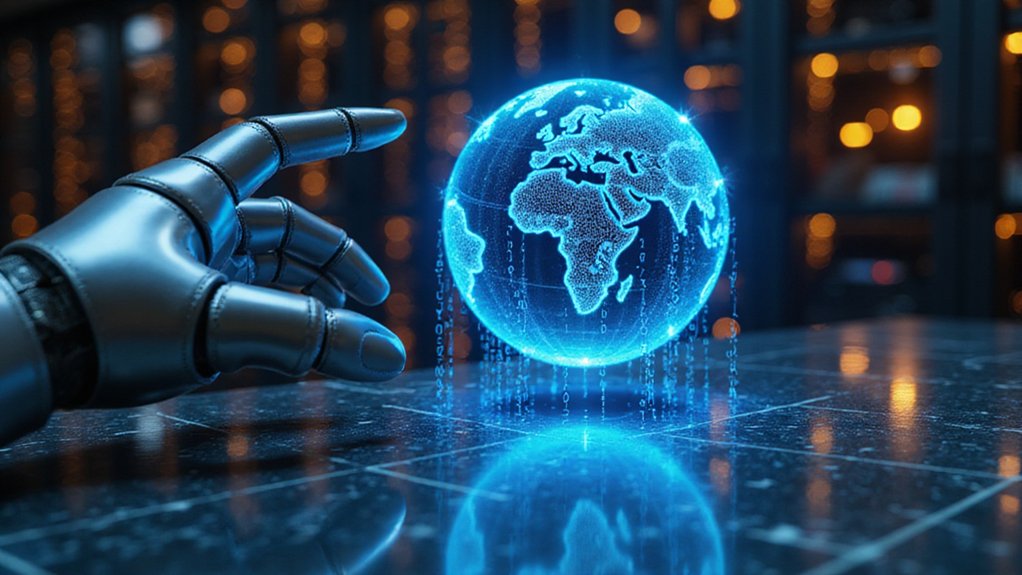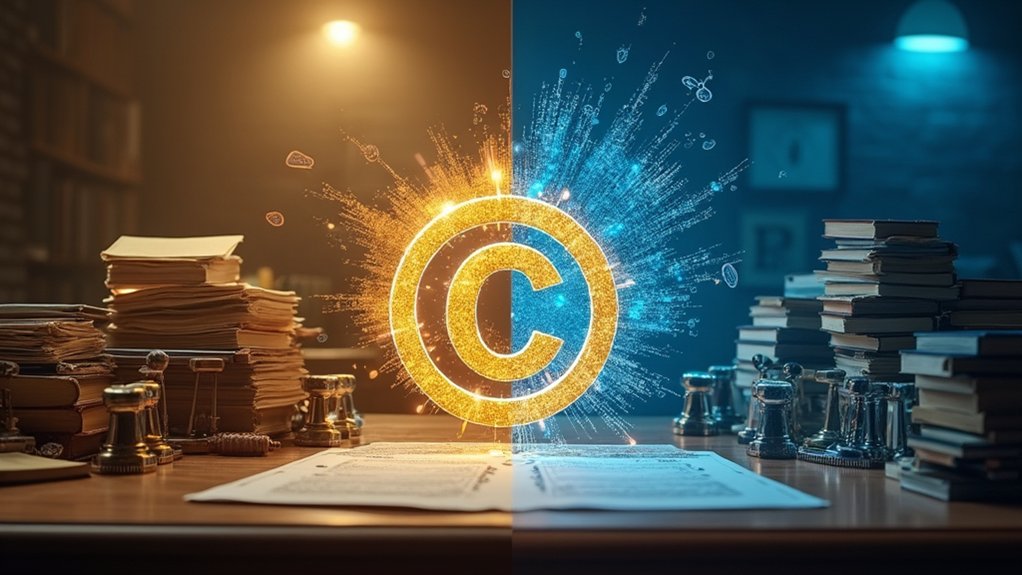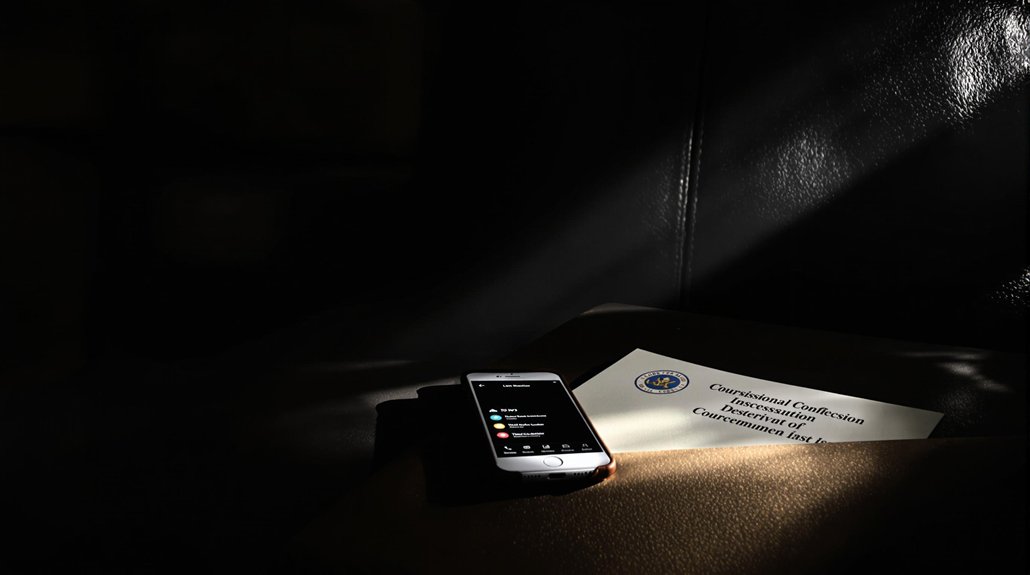Recent AI research has shattered a cornerstone of forensic science. The long-held belief that fingerprints are unique identifiers is now in question. Scientists analyzing 60,000 fingerprint pairs found only 77% accuracy in matching prints from the same person. Different fingers can look remarkably similar under current identification methods. This discovery raises serious concerns about past criminal convictions based solely on fingerprint evidence. What other forensic “certainties” might soon fall under technological scrutiny?
For decades, most people have believed that no two fingerprints are exactly alike. This assumption has been a cornerstone of criminal investigations and forensic science since the 19th century. However, recent AI analysis of 60,000 fingerprint pairs has revealed surprising results that challenge this long-held belief.
The AI study showed only a 77% accuracy rate in identifying prints from the same person. This means that fingerprints from different fingers of the same individual can sometimes look remarkably similar to each other. The finding is sending shockwaves through forensic science communities worldwide.
The belief in fingerprint uniqueness wasn’t actually based on careful scientific study. Early observations in the 1700s suggested fingerprints might be unique, but these claims weren’t tested with large-scale analysis. Instead, the technique gained popularity in law enforcement because it was practical, not because it was proven beyond doubt.
Traditional fingerprint analysis focuses on minutiae patterns like endpoints and bifurcations in the ridges. But this approach isn’t foolproof. Current systems don’t account for subtle similarities between different fingers and may contain biases related to gender, race, and age in their databases. This mirrors how early fingerprint evidence was accepted in courts despite varied standards for matching prints across different jurisdictions. The black box problem in AI research further complicates transparency in how these newer identification systems make their decisions.
New AI algorithms are now analyzing features beyond these basic patterns. They examine angles and curvatures of swirls and loops to identify similarities that humans might miss. These deep contrastive networks provide better differentiation between similar prints from different people.
The legal implications are significant. Courts have long treated fingerprint evidence as nearly infallible. With these new findings, many criminal cases that relied heavily on fingerprint evidence may need review. The possibility of wrongful convictions based on misidentified prints is now a serious concern.
As AI continues to advance, our understanding of fingerprints will likely evolve further. The groundbreaking research was led by Columbia Engineering undergraduate Gabe Guo, demonstrating how non-experts can challenge established scientific beliefs. What’s clear is that science is challenging a century-old assumption, reminding us that even our most trusted forensic tools deserve continuous scientific scrutiny.
